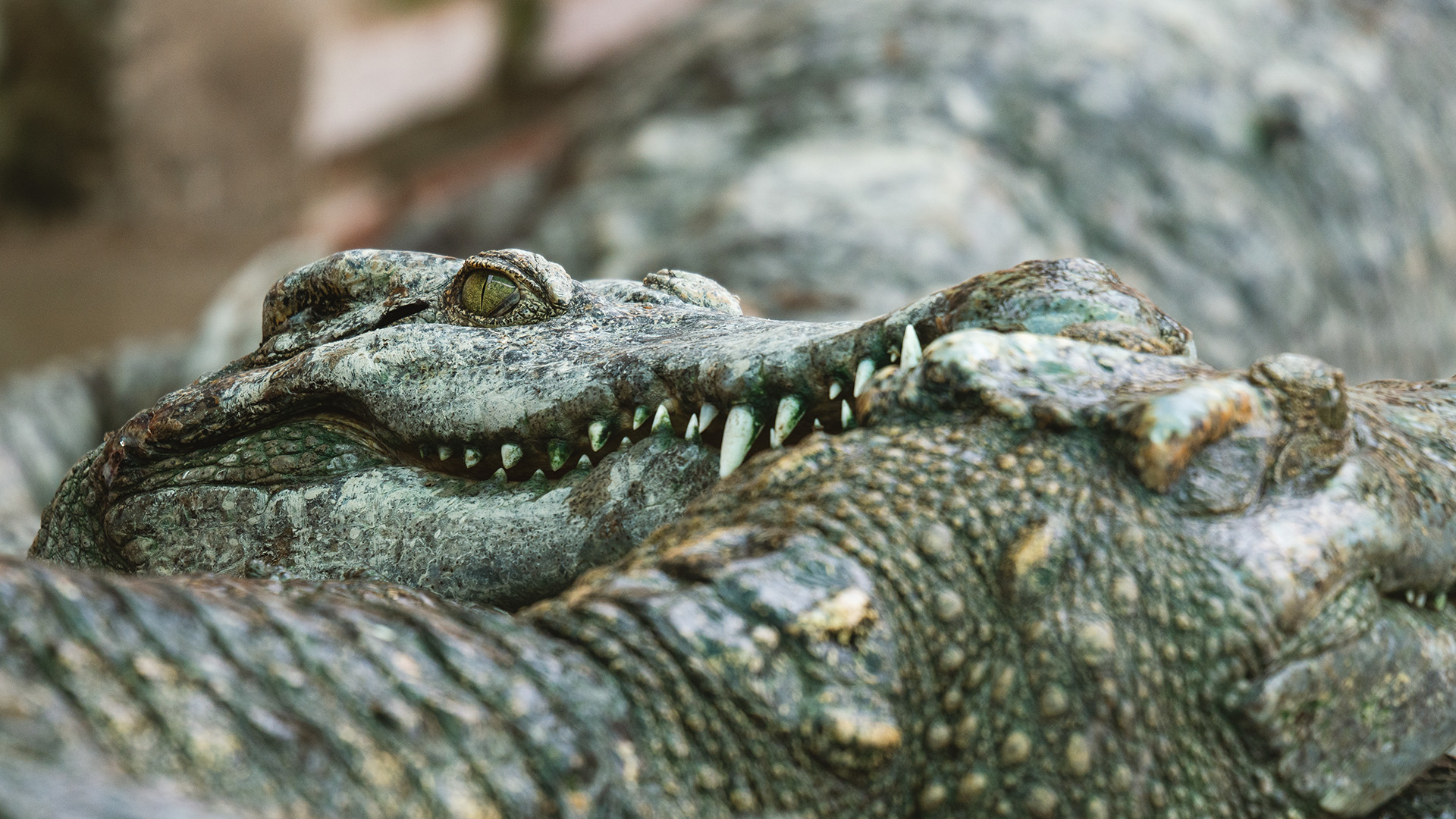
As the saying goes, “Every coin has two sides.”
When creating photographs and covering events, one cannot take anyone’s side: photographs simply show what is happening at the moment.
During my travels in Cambodia, I had the opportunity to visit one of the so-called “crocodile farms.”
Today, this is not a mass industry in Cambodia and, in the vast majority of cases, is represented by small family farms that house several dozen crocodiles.
Of course, among them there are also giant farms, where the number of animals exceeds several thousand.

According to the farm owners, the main goal is to help restore the population of the Siamese crocodile. Today, this species is on the brink of extinction.
The legality of a farm is determined by the possession of a CITES license — an international agreement regulating trade in wild flora and fauna species.

A farm with such a license is registered as a breeding facility and can legally export animals and their skins, but only under the condition that the animals were bred in captivity and were not taken from the wild.
Unfortunately, not all license holders actively contribute to species restoration — often the license is used primarily to legitimize the business.
To date, eggs and newborn Siamese crocodiles have been found in the wild, showing that the population can recover if their habitat is protected.
However, it is important to note that this trend is more closely linked to the efforts of conservation organizations than to commercial farms.

Nevertheless, wild crocodiles continue to be captured, and illegal farms are replenished at their expense.
For many farms, the goal is commercial profit — selling skins and meat, as well as serving as tourist attractions.
Thus, the profit motive often balances or outweighs the efforts to restore the Siamese crocodile population.
According to the family of the farm owner I visited, the farm’s history began in 1983 in the village of Slor Kram.
The owner, Mr. Chay, started with a small number of crocodiles and gradually expanded his farm, focusing on sustainable development and animal welfare.
His farm became one of the largest in Cambodia, attracting both locals and tourists interested in crocodile farming and nature conservation.

Young crocodiles are also often sold to other farmers for breeding or to increase the herd.
Under his guidance, the farm also focused on educational activities, introducing visitors to the ecological role of crocodiles and raising awareness about the importance of protecting wildlife.
In a demonstration of their commitment to the law, the farm received a CITES license in 1999.
Mr. Chay’s efforts contributed to the development of the local economy and made Siem Reap a unique destination for travelers interested in exotic wildlife.
Many years have passed since Mr. Chay passed away, and his work is now continued by his great-grandson, Minh Chanty, and his family.
Is it worth visiting such farms? I believe it is — at the very least, to see how people adapt themselves and their surroundings.
Is there anything hidden behind closed doors? Definitely, and not everything is revealed to tourists.
We can only hope that the Siamese crocodile will be preserved as a species and that its population will eventually recover.

They are divided into future meat, leather, and breeding groups.






